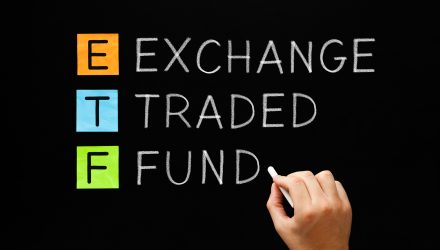Investors looking to diversifying their portfolios should look to ETFs as a easy and simple way to access a variety of asset categories.
ETFs, like the name suggest, are funds that can be traded on an exchange, similar to stocks, and they allow investors to gain exposure to broad range of assets by tracking a benchmark such as a stock or bond index, similar to a mutual funds.
“An ETF can mirror an index, a commodity, bonds, or a basket of assets like an index fund,” Patrick Smith, senior manager for trader and education marketing at TD Ameritrade, said in a note. “Unlike mutual funds, an ETF trades like a common stock on a stock exchange.”
ETFs can be bought and sold throughout the trading day, so their prices fluctuate throughout the day. Additionally, many ETFs have related options listed on exchanges.
The ETF investment tool
The ETF investment tool can help investors diversify across sectors, subsets of sectors and subclasses. ETFs may go broad as tracking widely observed benchmarks like the S&P 500 or focus on a a specific sector, like technology. The funds may go even further and hone in on a specific asset class, like small-cap stocks or international stocks. Furthermore, ETFs track commodities, currencies, bonds, real estate and foreign indices, among others.
